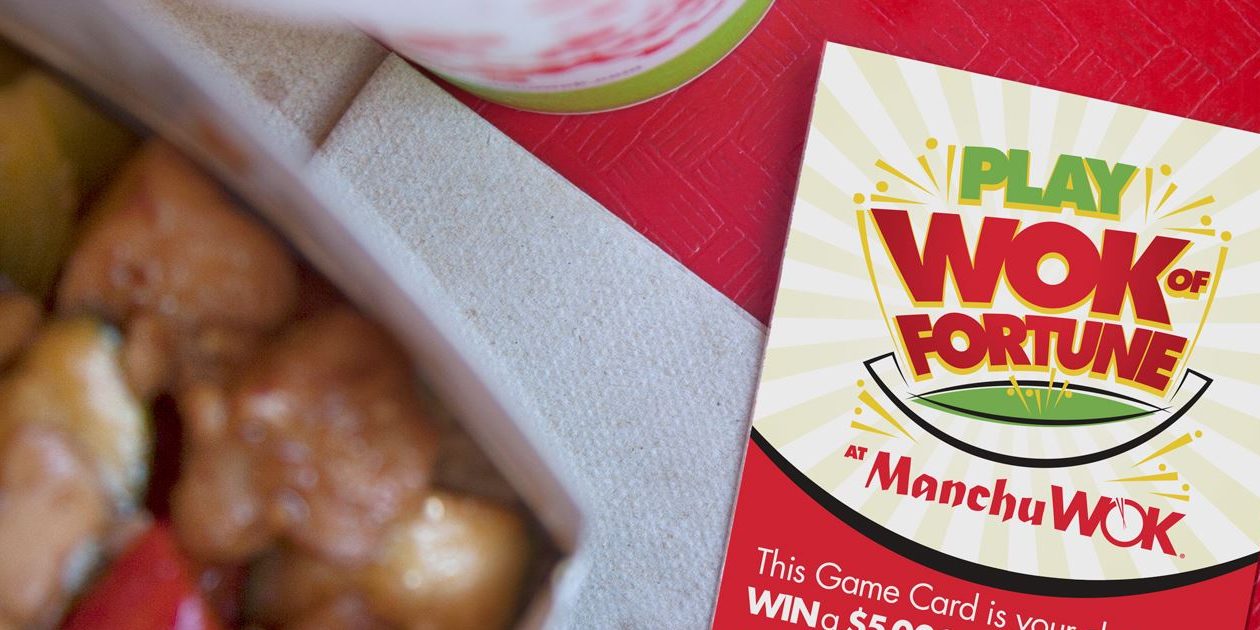 For the second year, Chinese-themed QSR Manchu Wok has launched Wok of Fortune, a promotional contest aimed at obtaining “share of mouth” in the competitive food court business.
For the second year, Chinese-themed QSR Manchu Wok has launched Wok of Fortune, a promotional contest aimed at obtaining “share of mouth” in the competitive food court business.
Driving traffic “is always our objective in the food court,” says Lucy Todish, director of marketing at Manchu Wok in Richmond Hill, Ont. “The competition is really fierce and we’re trying to get some share of mouth there. So we wanted to try something different and put some media dollars behind it.”
Wok of Fortune gives customers the chance to win $100 pre-paid credit cards daily and a grand prize of $5,000. With the purchase of certain meals, customers get a Wok of Fortune game card with a unique PIN code to enter at ManchuWokOfFortune.com.
The microsite is aimed to be mobile first, says Marisa Harris, account director at Tag Franchise, which created the contest. “If a customer is at a food court and gets the card, we want them to enter right away.”
Though she wouldn’t provide numbers, Todish says last year’s contest resulted in an increase in traffic. It also created a buzz around Manchu Wok at store level and through social media, she says.
The contest runs until Oct. 16 and is supported by in-store posters and videos on menu panels, radio, out-of-home, social and digital outreach.
Radio ads are airing on three stations in the Greater Toronto Area. Out-of-home ads are also appearing in the GTA where Manchu Wok has several of its outlets. “That’s where we’ll get more bang for our media dollars,” Todish says.
Harris says Canadian participation levels are significantly higher than those of last year, with an average of 266 entries daily since the contest began Aug. 22.
“That’s actually great news as the contest is built for momentum,” Harris says. “Like with any contest, year one, you kind of establish yourself and year two you can start to grow. We’re really pleased with the growth we’re seeing so far.”
Owned by Montreal-based MTY Group, Manchu Wok has 69 outlets in Canada and 35 in the U.S. Manchu Wok also has locations in Europe, most of which are on U.S. military bases, as is the case for the majority of its U.S. outlets.











